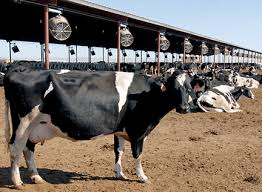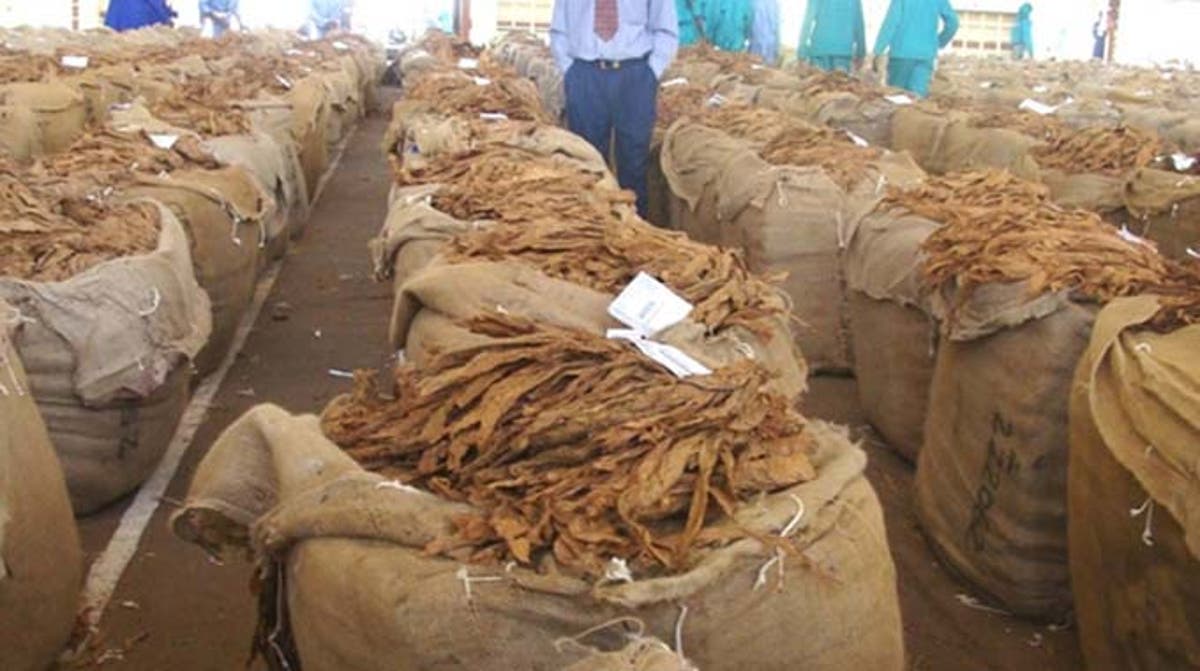Zim on course to meet Vision 2030 targets: ZimTrade
ZIMBABWE’S trade development and promotion agency, ZimTrade says last year’s trade figures reflect that the country is moving towards the attainment of upper middleincome economy status by 2030.
Under Vision 2030, the country seeks to attain a Gross Domestic Product per capita of US$3 500, which is double the US$1 720 Zimbabwe recorded in 2018.
GDP per capita is used as a measure of economic status of nations at population level.
And with a GDP per capita of US$1 720 in 2018, Zimbabwe was classified as one of the poor countries in the world as rich economies have higher values.
It is against this background that the Second Republic led by President Mnangagwa envisages to drive the country towards an upper middle-income status by 2030.
ZimTrade said according to trade figures released by the Zimbabwe National Statistics Agency (ZimStat) last year, the country demonstrated an export-led economy that was pointing towards the projected national targets.
“As the country rallies towards achieving upper middle-income status by 2030, backed by a strong export-oriented economy, the 2021 performance figures released recently by ZimStat show huge strides towards achieving national targets.
“According to latest statistics, country’s exports between January and December 2021 stood at US$6,03 billion, which is a 37,3 percent increase compared to US$4,39 billion recorded same period in 2020,” said ZimTrade.
It said US$6 billion in exports is the highest ever recorded figure.
“The jump in exports, which exceeds the 10 percent growth as required by the National Export Strategy, follows spirited re-engagement drive undertaken by President Mnangagwa’s Second Republic complemented by export development and promotion events implemented by ZimTrade,” ZimTrade said.
It said the growth brings tangible evidence of the successes of the National Development Strategy launched by President Mnangagwa in 2019, to focus on — among other things —promoting export products and export markets diversification.
As exports grew, the value of imports also went up by 33,3 percent to US$7,57 billion from US$5,68 billion in 2020, pushing the trade deficit up to US$1,54 billion during the period under review, from US$1,29 billion recorded during the same period in 2020.
“Although some may record the increase in imports as an unfavourable development, it is encouraging to note that the bulk of imports were raw materials and capital equipment being channelled into the local the local manufacturing sector to boost production,” said ZimTrade.
The trade promotion agency noted that the big export movers were from the cotton to clothing value-chain that increased from US$43,9 million to US$102,2 million representing 132 percent increase.
The sector’s exports were mainly driven by cotton and cotton yarn which increased from
US$29,1 million to US$85,7 million last year.
The export value of clothing and textiles also increased from US$14,9 million in 2020 to US$16,9 million in 2021.
“To increase earnings from cotton to clothing value-chain exports, there is need to step up efforts to value-add the raw cotton that is currently making the bulk of exports from the sector,” it said.
The arts and crafts sector has been recording exports growth for some time, with 2021
figures showing an increase of 56,6 percent, to US$8 million, from US$5,2 million
recorded under the review period in 2020.
The increase was mainly registered in the exports of collections and collector’s pieces of
zoological from US$4,1 million to US$6,6 million.
Exports of original sculptures and statuary, in any material also marginally increased
from US$1,1 million to US$1,4 million during the period under review.
“This growth shows the dividends of ZimTrade’s efforts in encouraging exporters in this
sector after organizing for business linkages between local artists and a buyer from
Germany in 2020.
“Due to the huge potential in the sector, ZimTrade is also organising for local artistes to
showcase their exhibits at the Birmingham Autumn Fair in September later this year,” it
said.
Furthermore, exports from the horticulture sector jumped by 6,8 percent in 2021 to
US$63,6 million, up from US$59,5 million recorded in 2020.
This was a recovery from a decline recorded in 2020.
Major contributors to the exports in horticulture were macadamia, citrus, leguminous
vegetables, and fresh flowers.
With the Horticulture Recovery and Growth Plan under implementation to stimulate
exports, indications are that local farmers will boost production, making it easy to meet
requirements by buyers and growing demand.
There is a growing demand for organic foods among consumers, as more people are
becoming health conscious and looking for products that are high in nutrients and low in
calories.
Consumers are becoming more aware of foods containing synthetic pesticides and
fertilizers and are switching to organic foods, which is driving the market growth of
organic farming that is devoid of the chemicals used in crops.
“Thus, by focusing on organic produce, there is potential for the horticulture sector to
increase its contribution to national exports, riding on improved production by
smallholder farmers and rural communities.
“Further to this, the manufactured tobacco exports increased by 4,5 percent from
US$53,6 million in 2020 to US$56 million last year.
“Cigars and cigarettes exports increased from US$26,3 million to US$35,4 million whilst
exports of other manufactured tobacco and substitutes declined from US$27,2 million to
US$20,6 million.”
As the Ministry of Lands, Agriculture, Fisheries, Water and Rural Development is
spearheading the value chain strategy in the production of tobacco, projections point to a
further growth this year.
The building and construction exports registered significant increases, from US$33,2
million in 2020 to US$43,8 million in 2021 translating to 31,7 percent increase.
Major exported products in the sector were of unglazed ceramic flags, paving, wall tiles;
mozaic cubes, wood sawn or chipped lengthwise, and ceramic building bricks.
In addition, the household electrical and furniture exports increased by 23,4 percent to
US$22 million in 2021 up from US$17,9 million in 2020.
The growth from this sector was mainly driven by exports of plastic articles US$7,1
million, table, kitchen or household articles US$5,6 million, electric water and space
heatersUS$2,3 million, and household aluminium articles US$1 million.-The Chronicle










